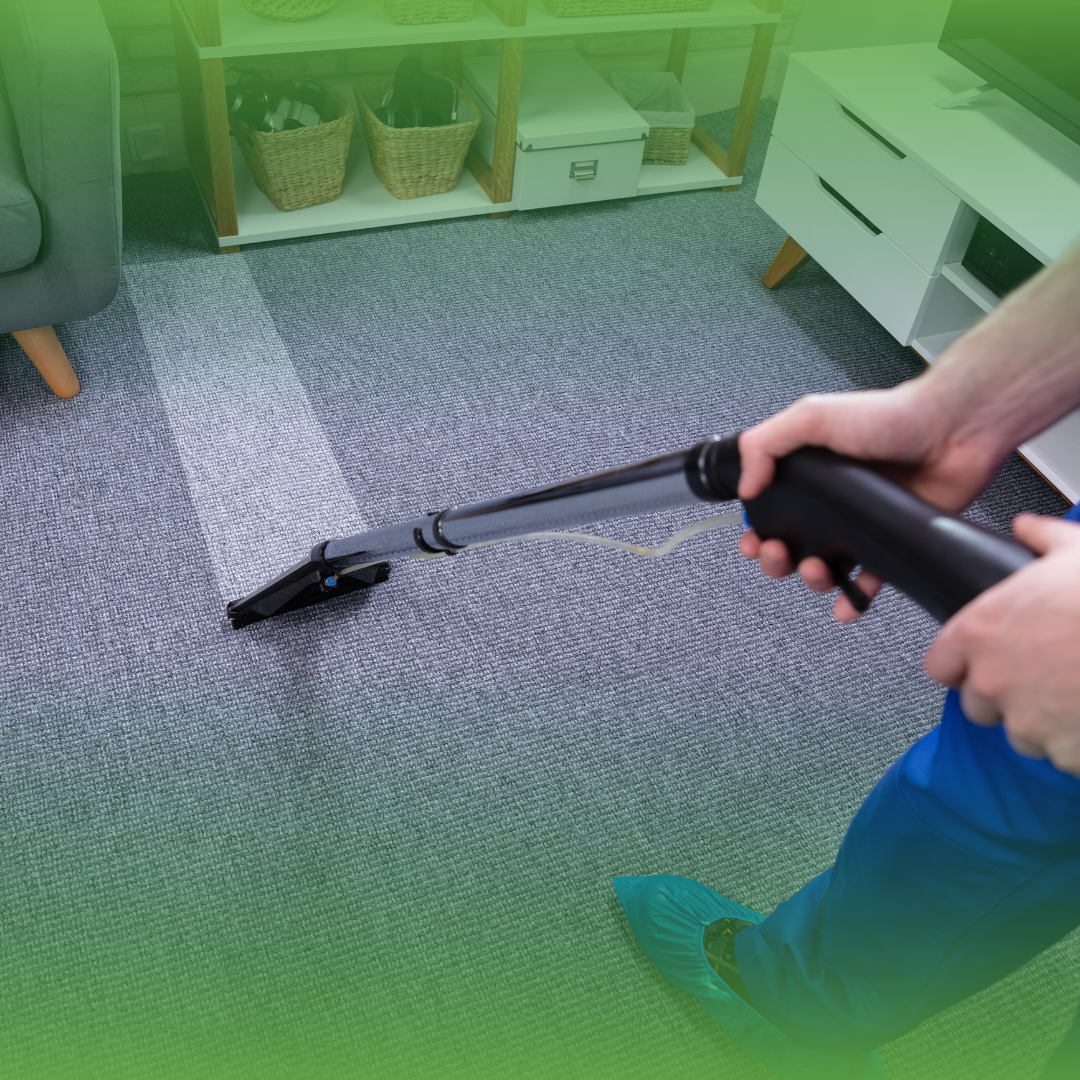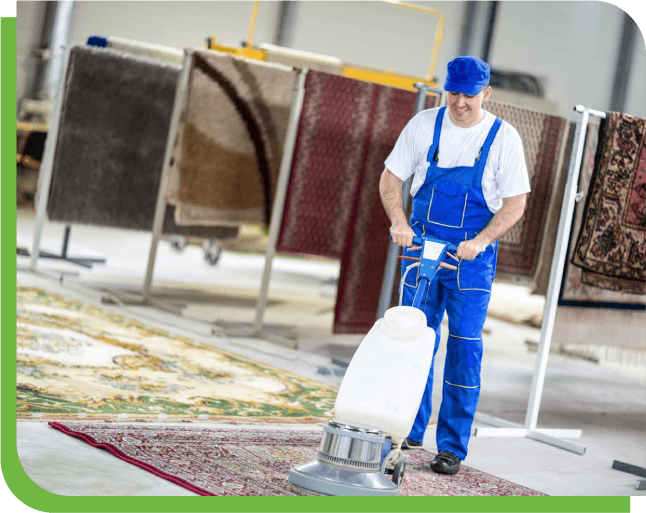Get in touch
Fill this up to proceed

We are committed to providing a world-class carpet, rug, upholstery, drapery or mattress cleaning services that will open your door to a happier and healthier green indoor environment.
Clutter free home living may seem impossible when you have kids with endless toys, clothes, and daily messes—but it’s absolutely achievable with the right systems in place. In active households, especially in places like Manhattan Beach, where outdoor play and indoor creativity often collide, keeping things tidy can feel like a full-time job. The good news is that with consistent routines, smart storage, and a little planning, your home can feel clean, calm, and lived-in without being chaotic. This guide offers real-world strategies to manage clutter without sacrificing your family’s comfort or creativity.
Creating designated areas for specific activities is one of the most effective ways to maintain a clutter free home. When kids know where their toys, books, and crafts belong, cleanup becomes faster and more consistent.
Simple zone ideas for your home:
Homes in Manhattan Beach often have open layouts, so using area rugs, shelves, and furniture placement to define zones can help visually contain messes and reduce clutter buildup.

An effective clutter free home needs storage that’s not only functional but also accessible to children. If it’s hard to put something away, chances are it’ll end up on the floor. Choose storage systems that are easy to maintain and easy for little hands to use.
Kid-friendly storage solutions:
In Manhattan Beach, where homes may have limited storage space due to compact coastal designs, use vertical storage options to take full advantage of wall height without overcrowding floor space.

Routine cleaning is a major part of keeping a clutter free home. Establishing daily and weekly habits will keep mess from piling up. Even better, getting your kids involved teaches them responsibility and helps reduce your workload.
Cleaning routines to follow:
Creating cleaning habits keeps your home manageable even during the busiest weeks—and a professional carpet cleaning every few months helps eliminate dirt and allergens in kid-heavy zones.
One of the most effective strategies for a clutter free home is to simply reduce how much is out at any given time. You don’t have to get rid of everything—just rotate toys and items seasonally so your kids appreciate what’s available without feeling overwhelmed.
Toy rotation tips:
With fewer items in play, cleanup is faster and your space feels more open—perfect for families trying to maintain a clutter free home without stripping away personality or play.
Establish cleaning zones, daily routines, and involve your kids in cleanup. Keeping a place for everything is the key.
Use cube organizers, stackable bins, and shelves that are low and accessible to encourage independent cleanup.
Do a light sort monthly and a deeper purge every 3–4 months as kids outgrow interests or gear.
Yes—with realistic systems and consistency. Focus on progress, not perfection.
Absolutely. Services like carpet cleaning are helpful for maintaining a clean base, especially in high-use play areas.

We are committed to providing a world-class carpet, rug, upholstery, drapery or mattress cleaning services that will open your door to a happier and healthier green indoor environment.
We are committed to providing a world-class carpet, rug, upholstery, drapery or mattress cleaning services that will open your door to a happier and healthier green indoor environment.